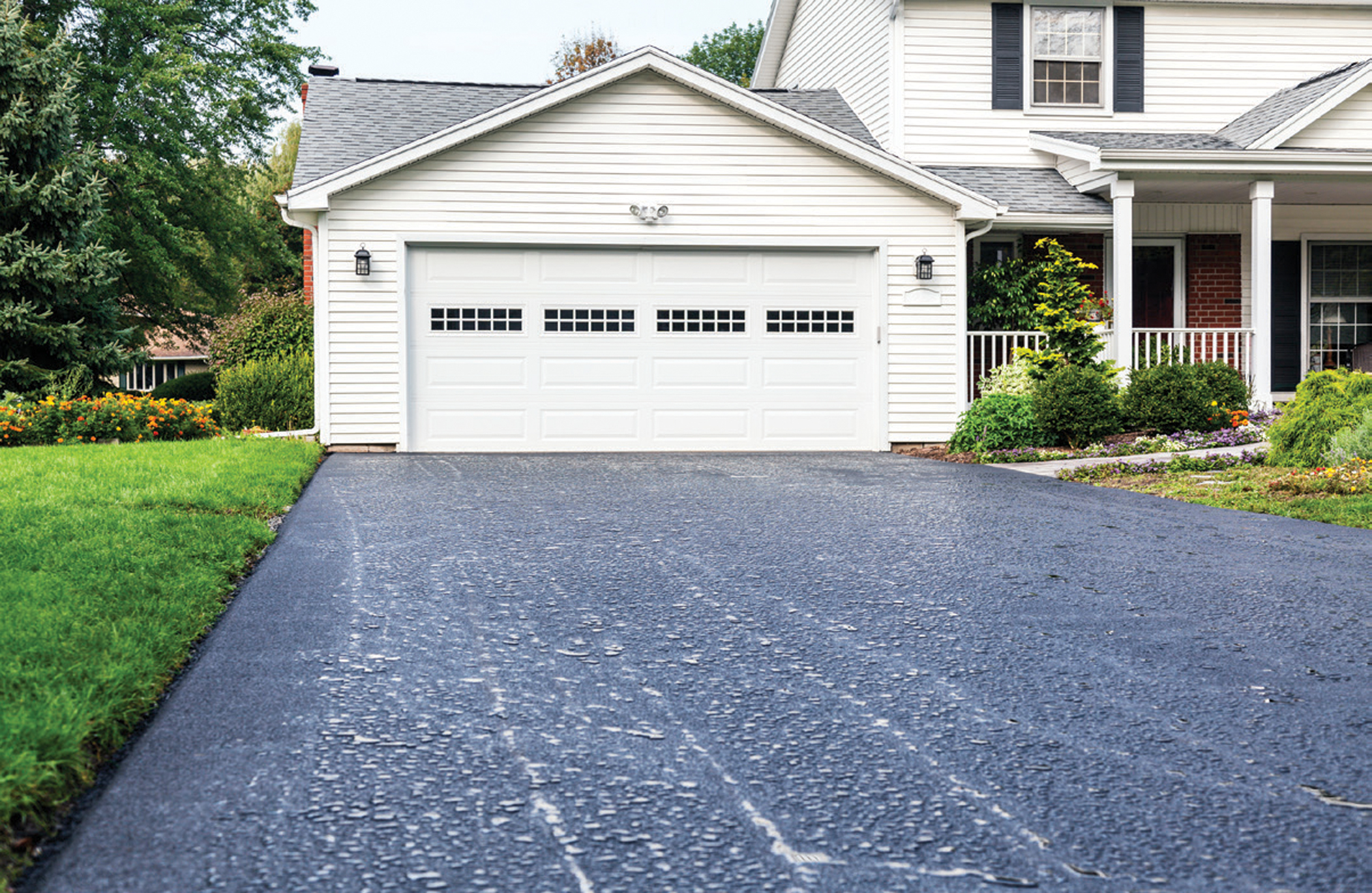Warm Mix Asphalt: A Sustainable Option for Pavement
Hot Mix Asphalt (HMA) has arised as a leading sustainable choice for sidewalk solutions, supplying a myriad of environmental advantages and ingenious technologies. As the need for environmentally friendly building and construction techniques grows, discovering the subtleties of HMA's sustainability can give important insights right into the future of pavement options.
Environmental Advantages of Hot Mix Asphalt

Furthermore, Hot Mix Asphalt aids to mitigate urban warmth island effects. Its dark shade absorbs sunlight, reducing the quantity of warm mirrored back into the ambience compared to lighter-colored sidewalks. This can reduce ambient temperature levels in urban areas, lowering the demand for a/c and inevitably reducing energy intake.
On top of that, Warm Mix Asphalt adds to improved stormwater management. Its porous nature enables water to infiltrate the sidewalk and charge groundwater supplies, reducing runoff and the risk of flooding. These environmental benefits make Hot Mix Asphalt a lasting option for paving roads and freeways.
Energy Efficiency in HMA Production
Is energy performance a critical factor in the manufacturing of Warm Mix Asphalt (HMA)? Energy plays a considerable role in the manufacturing of HMA, influencing both expense and environmental sustainability. One essential facet of power effectiveness in HMA manufacturing is the usage of warm mix asphalt (WMA) modern technologies.
Moreover, advancements in plant modern technologies have brought about more energy-efficient HMA manufacturing processes. Modern plants are designed with functions like recycled asphalt pavement (RAP) processing capacities, effective burner systems, and improved insulation, all adding to energy cost savings. By maximizing energy use in HMA production, the sector can decrease its carbon impact while preserving high-quality sidewalk products. Energy effectiveness is, therefore, a crucial consideration in ensuring the sustainability of Hot Mix Asphalt manufacturing.
Recyclability of Hot Mix Asphalt
The recyclability of Warm Mix Asphalt (HMA) is an essential element of its sustainability and long-lasting environmental effect. HMA is one of one of the most recycled materials in the United States, with over 100 million bunches of reclaimed asphalt pavement (RAP) being reused each year in new sidewalk construction. Recycling HMA uses a number of ecological advantages, such as decreasing the demand for virgin materials, decreasing energy consumption during production, and decreasing the amount of waste sent to garbage dumps.
The procedure of reusing HMA includes grating the existing sidewalk, squashing it right into smaller sized pieces, and mixing it with new aggregate and asphalt binder to produce a recycled mix. This recycled mix can usually perform as well as or even better than conventional HMA, while requiring fewer raw materials and producing lower greenhouse gas exhausts. By including RAP right into brand-new pavement projects, road agencies can preserve natural deposits, decrease costs, and minimize the environmental impact of roadway building and construction and upkeep activities. Visit This Link In general, the recyclability of HMA plays a considerable role in advertising lasting methods within the pavement industry.

Long-Term Performance of HMA
Asphalt pavements show durability and durability over an extensive duration, showing the long-lasting efficiency of Hot Mix Asphalt (HMA) read this Furthermore, advancements in HMA innovation, such as the usage of polymer-modified binders and warm mix asphalt, have actually further improved the longevity and durability of HMA sidewalks. By focusing on quality building and construction and maintenance methods, HMA proceeds to prove itself as a cost-effective and sustainable option for long-lasting pavement facilities.

HMA: Longevity and Sustainability
Showing both resilience and sustainability, Warm Mix Asphalt (HMA) has come to be a foundation in the building and construction of durable pavement infrastructures - regrading. HMA's longevity comes from its capacity to endure hefty loads, extreme weather, and high website traffic volumes, making it a trusted choice for roads, highways, and flight terminal paths. The composition of HMA, which normally includes aggregates, binder, and filler, plays a critical role in improving its long life and resistance to wear and tear
Furthermore, HMA's sustainability hinges on its recyclability and energy-efficient manufacturing procedure. The ability to reuse recovered asphalt sidewalk (RAP) in brand-new HMA mixtures decreases the need for virgin products and decreases the environmental effect of sidewalk building and construction and upkeep. Additionally, see here now the energy efficiency of producing HMA depends on its reduced blending temperatures compared to other sidewalk products, bring about reduced energy consumption and greenhouse gas emissions.
Final Thought
In conclusion, hot mix asphalt (HMA) offers a sustainable solution for pavement with its eco-friendly characteristics. HMA's recyclability, energy efficiency in production, and long-term sturdiness make it a green selection for roadway building. By conserving natural sources, lowering waste, and decreasing greenhouse gas discharges, HMA plays a vital duty in promoting sustainability in facilities development. Its ability to mitigate city warm island results further highlights its significance in creating environmentally aware and resistant pavement systems.
HMA is one of the most recycled products in the United States, with over 100 million heaps of reclaimed asphalt sidewalk (RAP) being reused every year in new sidewalk construction.The procedure of recycling HMA entails milling the existing sidewalk, crushing it right into smaller items, and blending it with new accumulation and asphalt binder to produce a recycled mix.Asphalt sidewalks demonstrate sturdiness and resilience over a prolonged period, mirroring the long-lasting performance of Warm Mix Asphalt (HMA) Furthermore, innovations in HMA innovation, such as the usage of polymer-modified binders and warm mix asphalt, have actually further improved the durability and durability of HMA sidewalks. The ability to reuse redeemed asphalt pavement (RAP) in new HMA blends lowers the demand for virgin materials and decreases the environmental influence of sidewalk construction and maintenance.
Comments on “Revitalize Your Residential Property with Regrading and Asphalt Sealing Strategies”